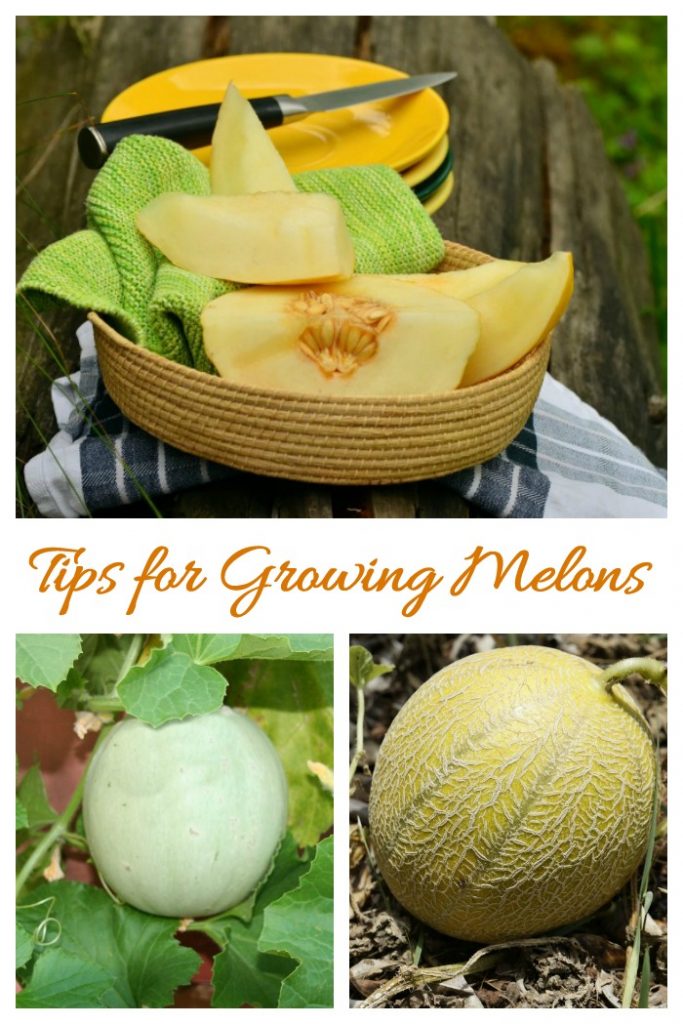Melons: A Refreshing and Nutritious Addition to Your Homestead
When it comes to homesteading and rural living, growing your own food is not only a rewarding experience but also a way to ensure that you have access to fresh and nutritious ingredients. One crop that deserves a spot in every homesteader’s garden is melons. These juicy fruits not only provide a refreshing treat on hot summer days but also offer various health benefits. In this article, we will explore the different types of melons, their cultivation requirements, and how you can incorporate them into your daily life.
Types of Melons
Melons belong to the Cucurbitaceae family, which includes other popular crops like cucumbers, squash, and pumpkins. There are several types of melons available for cultivation on your homestead:
1. Watermelon: Known for its high water content and sweet flavor, watermelons are perfect for quenching thirst during scorching summers. They come in various sizes and shapes with red or yellow flesh.
2. Cantaloupe: This type of melon has orange flesh with a sweet aroma and taste. Cantaloupes have rough skin with net-like textures.
3. Honeydew: Characterized by its pale green color and smooth skin, honeydew melon offers a subtle sweetness that pairs well with both savory and sweet dishes.
4. Muskmelon: Also known as Persian melon or rockmelon, muskmelons have heavily ribbed skin with vibrant orange or green flesh.
Cultivation Requirements
To grow healthy melon plants on your homestead, it’s essential to understand their specific cultivation requirements:
Climate: Melons thrive in warm climates with long growing seasons—generally requiring temperatures between 70-90°F (21-32°C). However certain varieties can tolerate cooler temperatures if provided protection from frost.
Soil: Well-drained, loamy soil with a pH range of 6.0-7.5 is ideal for melon cultivation. Before planting, amend the soil with organic matter like compost or aged manure to improve fertility and drainage.
Sunlight: Melons are sun-loving plants that require at least 6-8 hours of direct sunlight daily. Choose a location on your homestead where they can receive ample sunshine throughout the day.
Planting: Start by preparing raised beds or mounds for your melon plants. Sow seeds directly into the soil when all chances of frost have passed and the soil temperature reaches around 70°F (21°C). Space the seeds or seedlings about two feet apart to provide enough room for growth.
Watering: Adequate watering is crucial for healthy melon development. Water deeply but infrequently, aiming to keep the soil consistently moist without overwatering. Drip irrigation systems work well in providing moisture directly to plant roots while minimizing leaf wetness that could lead to diseases.
Support and Mulching: As melon vines grow, they tend to sprawl across garden beds. To save space and protect fruits from rotting on damp ground, you may consider using trellises or fences as supports for vertical growth. Additionally, mulching around plants helps retain moisture in the soil while suppressing weed growth.
Pest Control: Melon plants can be susceptible to pests such as aphids, cucumber beetles, and squash bugs. Regularly inspect leaves for any signs of damage or pests and take appropriate measures such as handpicking insects or applying organic pesticides if necessary.
Harvesting
The joy of growing melons culminates when it’s time to harvest these delicious fruits:
Timing: The ripening time varies depending on the variety planted; however, most melons are ready for harvest within 70-100 days after sowing seeds.
Color & Texture: Observe the color, texture, and aroma of the melon to determine its ripeness. For example, watermelons develop a dull surface sheen when ripe and produce a hollow sound when tapped. Cantaloupes should have a strong fruity smell with slightly soft skin at the blossom end.
Harvesting Technique: To harvest melons, cut them from the vines using pruning shears or a sharp knife while leaving a small stem attached. Avoid applying excessive pressure that could damage the fruit.
Incorporating Melons into Your Daily Life
Once you have successfully grown your melon crop, there are countless ways to enjoy this delicious fruit:
1. Fresh Consumption: Slice up chilled melon wedges for an instant refreshing snack on hot summer days or add them to fruit salads for added sweetness and juiciness.
2. Juicing: Extract the juice from watermelons or other melon varieties using a blender or juicer for tasty and hydrating beverages.
3. Sorbets & Smoothies: Blend frozen chunks of melon with other fruits like berries or citrus for delicious sorbets or smoothies that offer both nutrition and taste.
4. Preserves & Jams: Utilize excess ripe fruits by making homemade preserves, jams, or jellies that can be enjoyed year-round with breads or as toppings on desserts.
5. Salads & Salsas: Incorporate diced melons into savory dishes such as salads for contrasting flavors and textures. Experiment by combining them with fresh herbs like mint, basil, or cilantro to create unique salsas or relishes.
Conclusion
Melons are not only thirst-quenching but also nutritious additions to any homesteader’s garden. With proper care and attention to their specific cultivation requirements, you can enjoy an abundant harvest of these juicy fruits throughout the growing season. Whether eaten fresh off the vine or incorporated into various culinary creations, melons offer a delightful and healthy option for you and your family to enjoy. So, why not add some melon plants to your homestead this season and experience the joy of growing your own refreshing treats?


Leave a comment